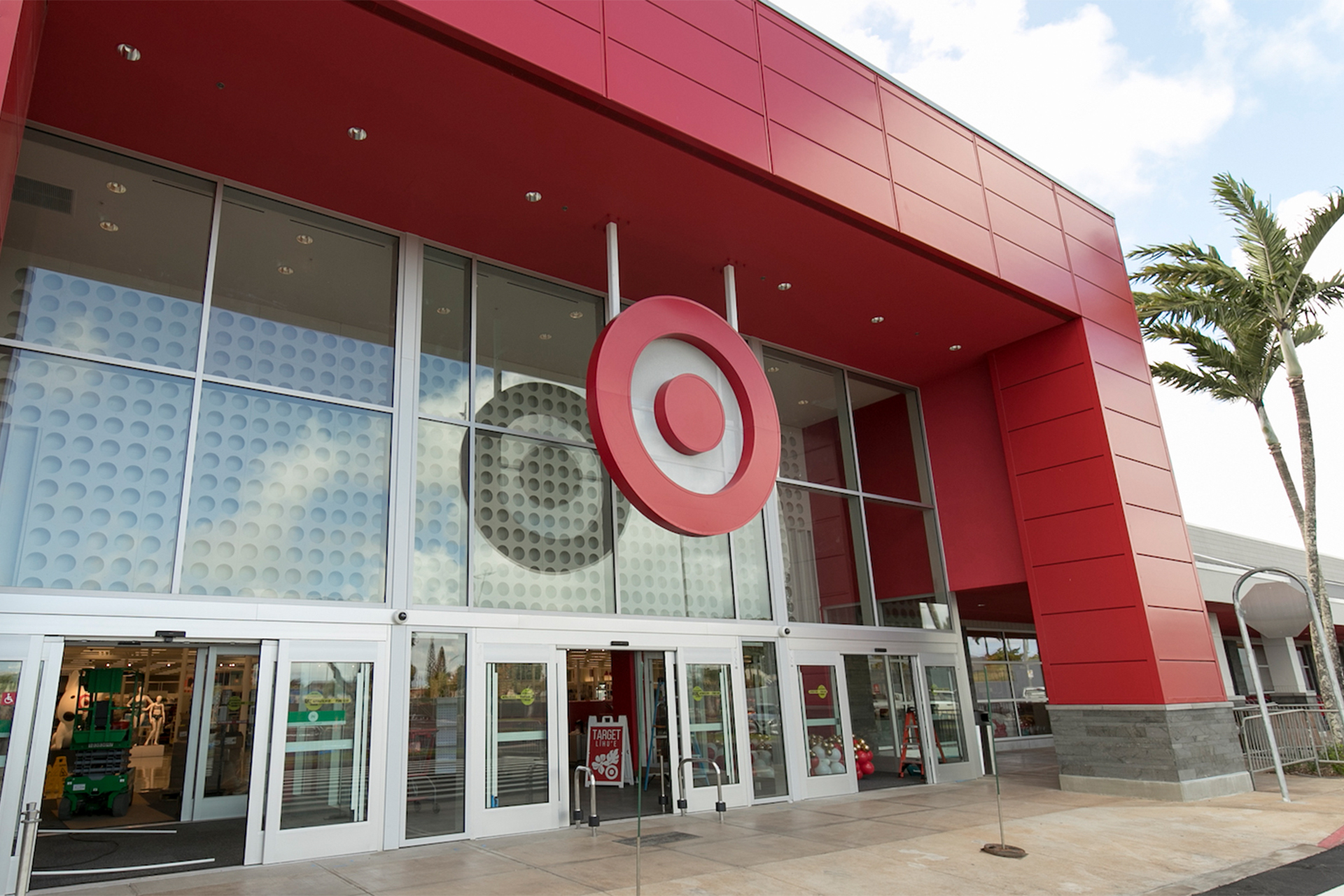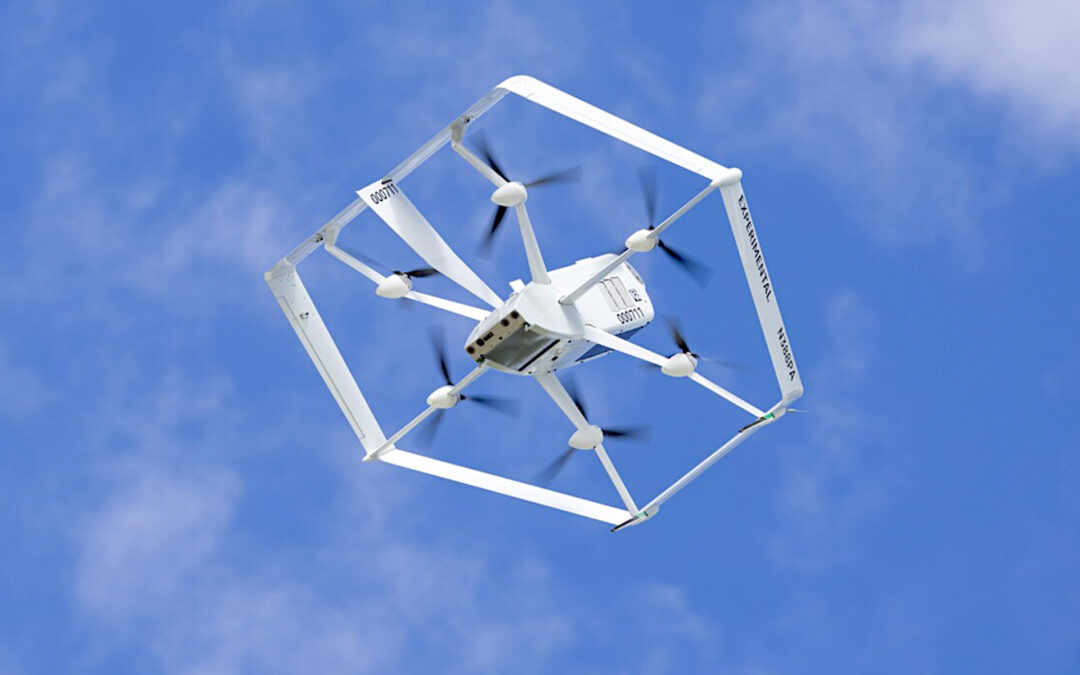After experiencing an inventory glut as the year began, Target decided to quickly address the merchandise excess. Although it believes doing so positioned the company for better margins in the back end of the year, the determination pressured second-quarter financials.
Target’s second-quarter net earnings were $183 million, or 39 cents per diluted share, versus $1.82 billion, or $3.65 per diluted share, in the year-earlier quarter. Target made no one-time adjustments to 2022 second-quarter earnings per share, while earnings in the year-prior quarter were a penny less at $3.45 per diluted share.
Target missed a Yahoo Finance-published analyst consensus earnings per diluted share estimate of 71 cents as revenues matched the estimate.
Comparable sales grew 2.6% on a 2.7% traffic increase, Target noted, adding that growth reflected continued strength in the Food & Beverage, Beauty and Household Essentials categories. The company gained unit share in all five of its core merchandising categories including Home, during the second quarter, Target indicated
Store comparable sales increased 1.3% versus the 2021 quarter, the company maintained, while digital comps advanced 9%. Same-day services, including order pickup, drive-up and Shipt, gained almost 11% in the quarter year over year led by drive-up, which grew in the mid-teens. Target fulfilled more than 95% of Target second-quarter sales through its stores, according to the company.
Second-quarter sales were $25.65 billion and total revenue was $26.04 billion versus $24.83 billion and $25.16 billion, respectively, in the year-previous period. Operating income was $321 million versus $2.47 billion in the year-before quarter.
As a result of actions undertaken by the company in the second quarter, Target stated it had reduced inventory exposure in discretionary categories while investing in experiencing sales momentum. Target also noted it had reduced fall season receipts in discretionary categories by more than $1.5 billion.
In a conference call, Brian Cornell, Target chairman and CEO, said that the company’s decision to quickly rightsize inventory hit financials but put the company in a better position to offer new and innovative products going forward while maintaining the expected customer experience. In operations, moving excess inventory gradually would have clogged the supply chain and forced the company to work around the backlog. Instead, Target chose to move excess out quickly and cut back on receipt of new inventory in the back half of the fiscal year.
“Today, with those decisions behind us, we are in a much better position as we head into the fall season,” Cornell said.
Even as it cut inventory, Cornell said Target has focused on bolstering the edible and consumable categories that have gained as consumers have shifted their spending under the influence of inflation.
“The vast majority of the financial impact of these inventory actions is now behind us,” he added. “This positions our business to deliver a meaningful improvement in operating margin rate in the fall season.”
In announcing the financial results, Cornell said, “I’m really pleased with the underlying performance of our business, which continues to grow traffic and sales while delivering broad-based unit-share gains in a very challenging environment. I want to thank our team for their tireless work to deliver on the inventory rightsizing goals we announced in June. While these inventory actions put significant pressure on our near-term profitability, we’re confident this was the right long-term decision in support of our guests, our team and our business. Looking ahead, the team is energized and ready to serve our guests in the back half of the year, with a safe, clean, uncluttered shopping experience, compelling value across every category, and a fresh assortment to serve our guests’ wants and needs.”





